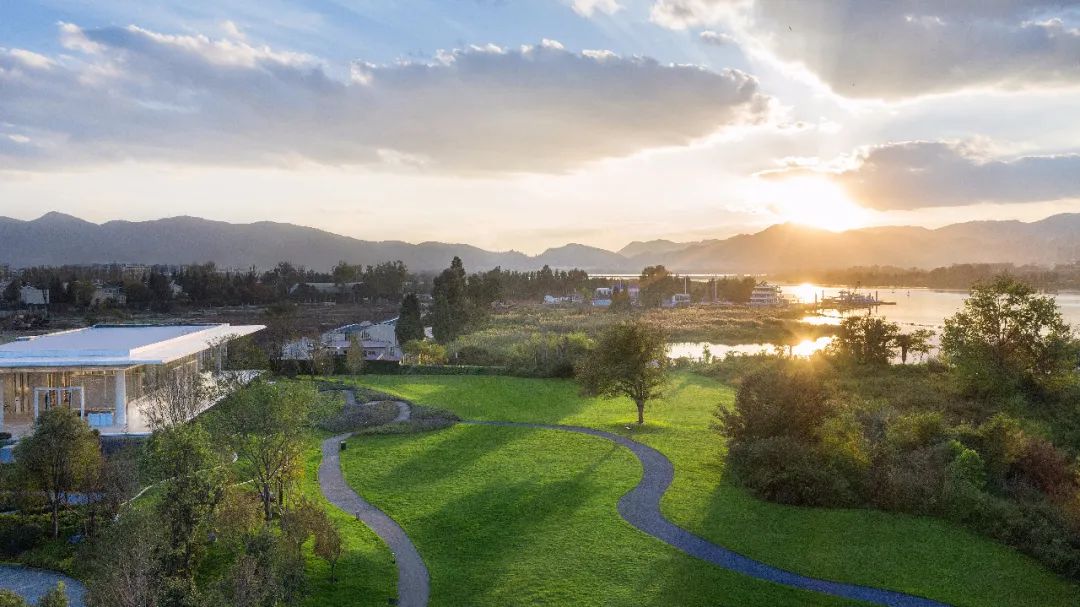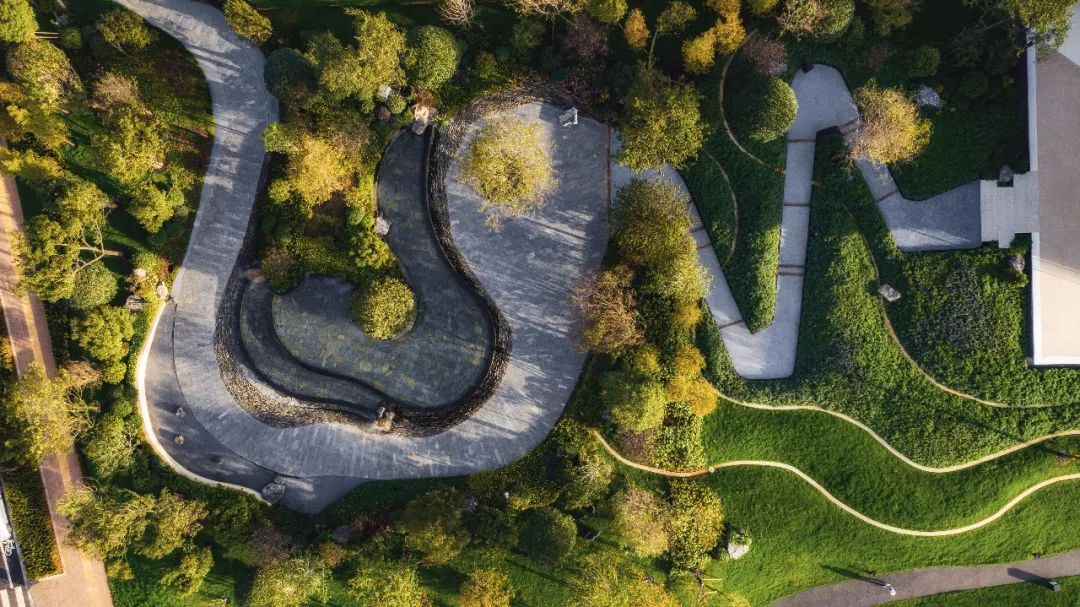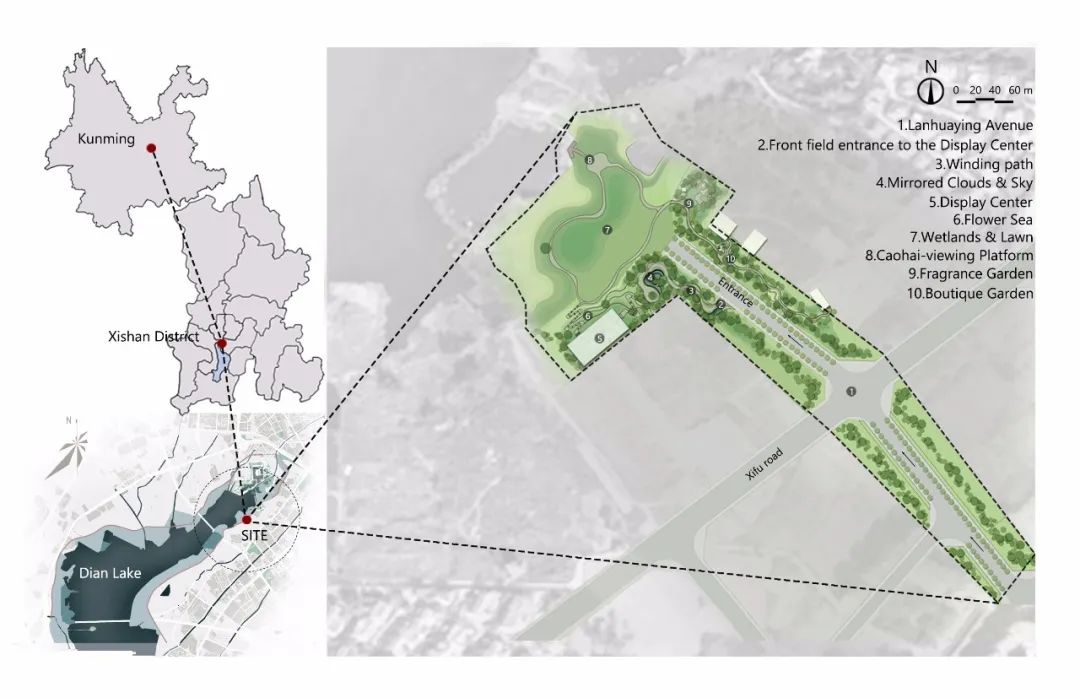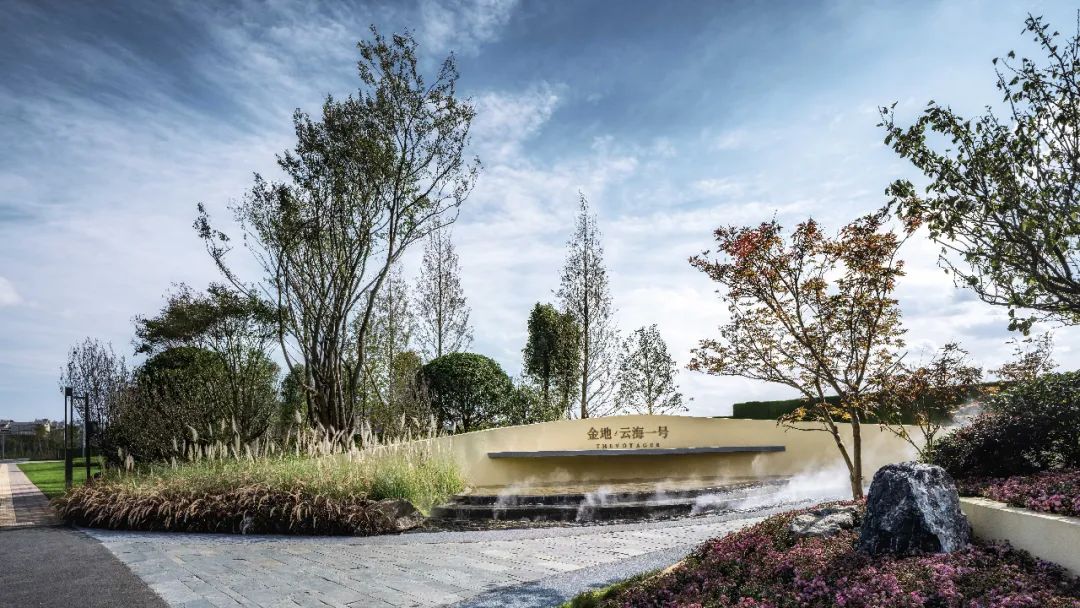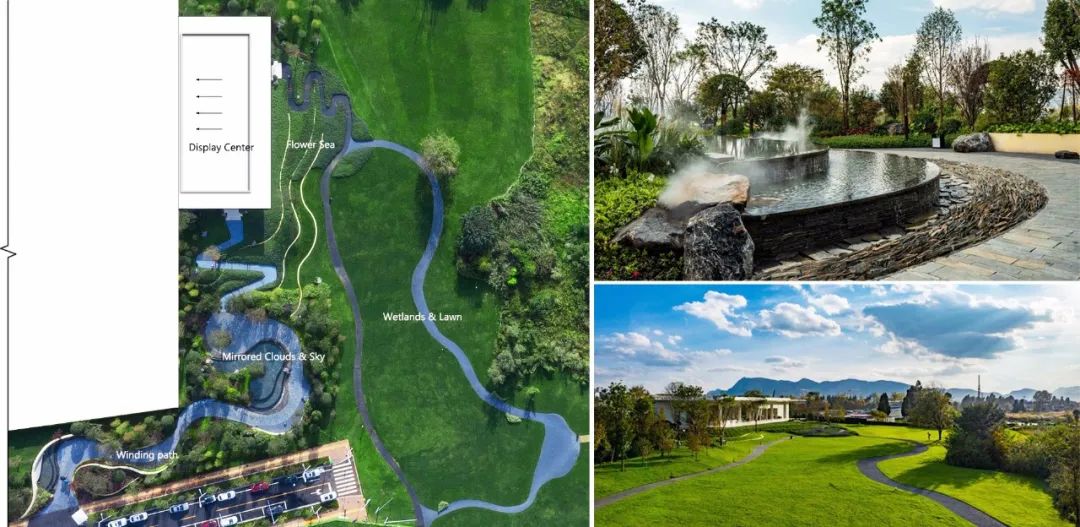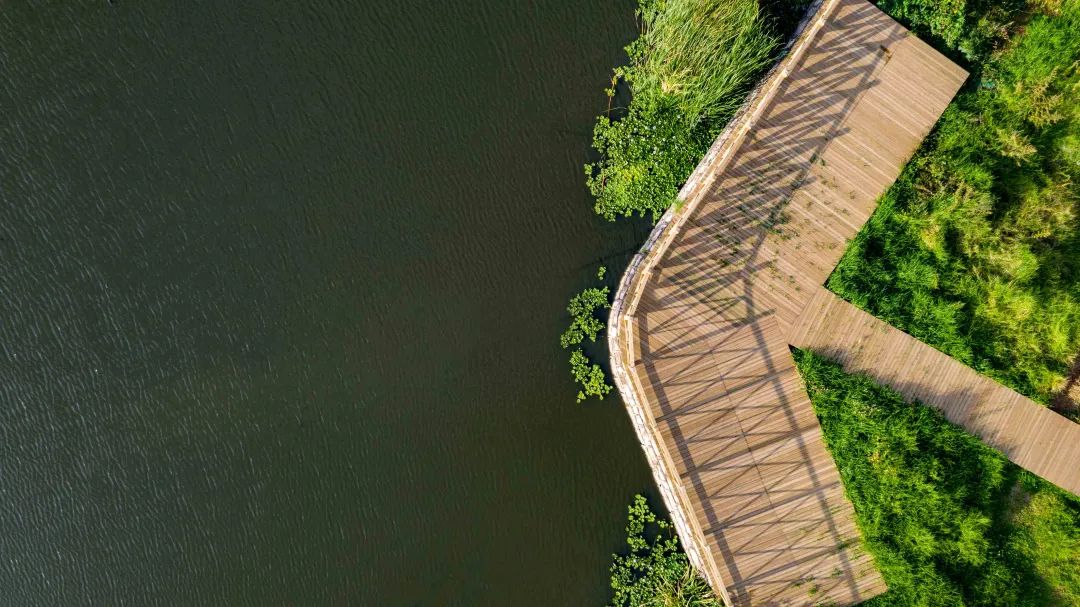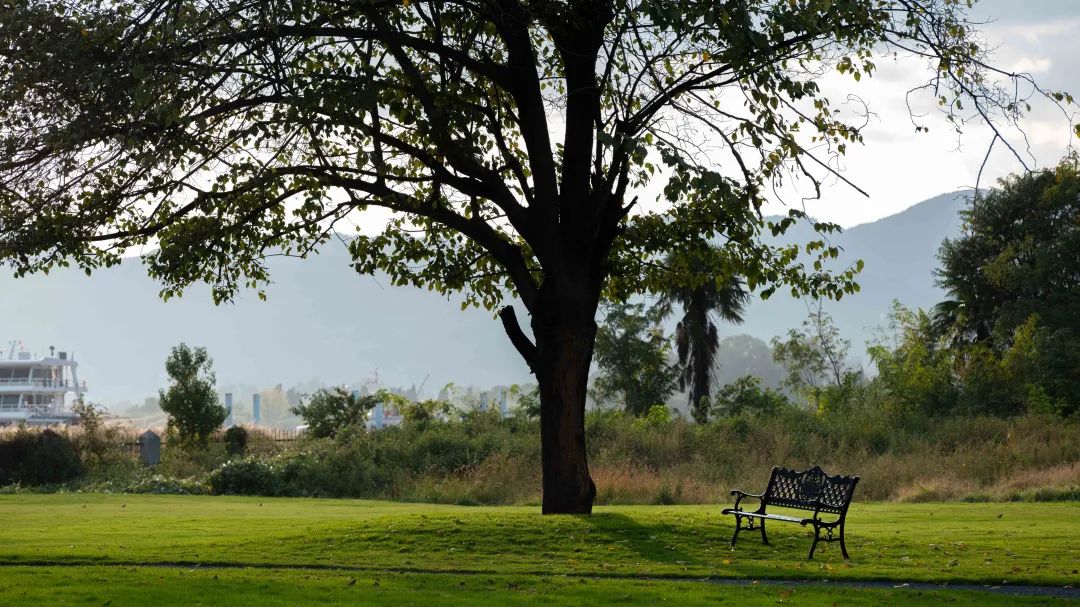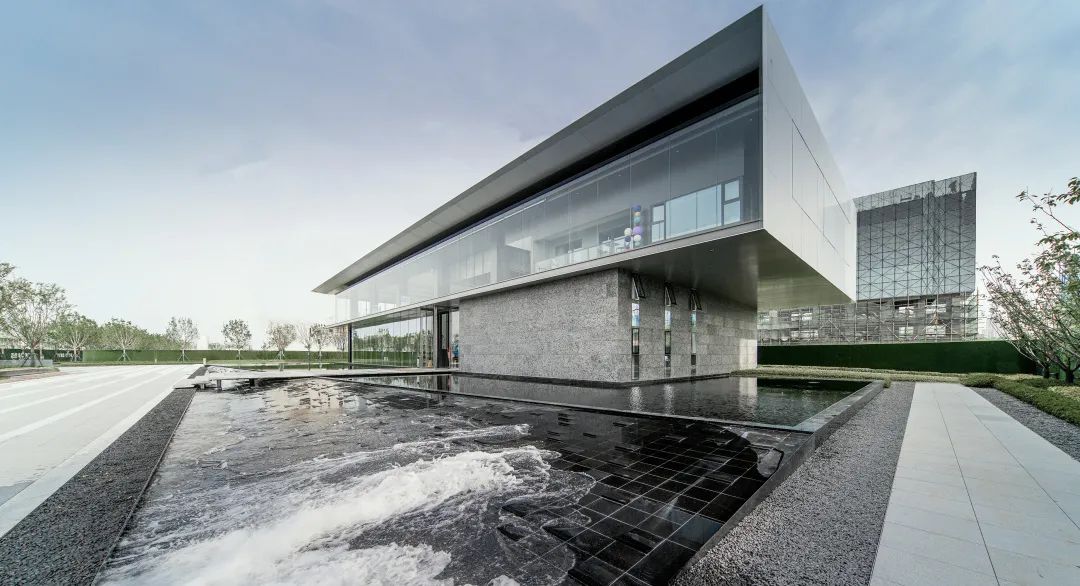阳光洒在石潭跌水之上,搭配上氤氲的水气、幻彩的云影,更具画意感。
The sunlight is cast on the stony pond and water falls. Together with the mist and cloud reflections, it produces more charming painting-like image.
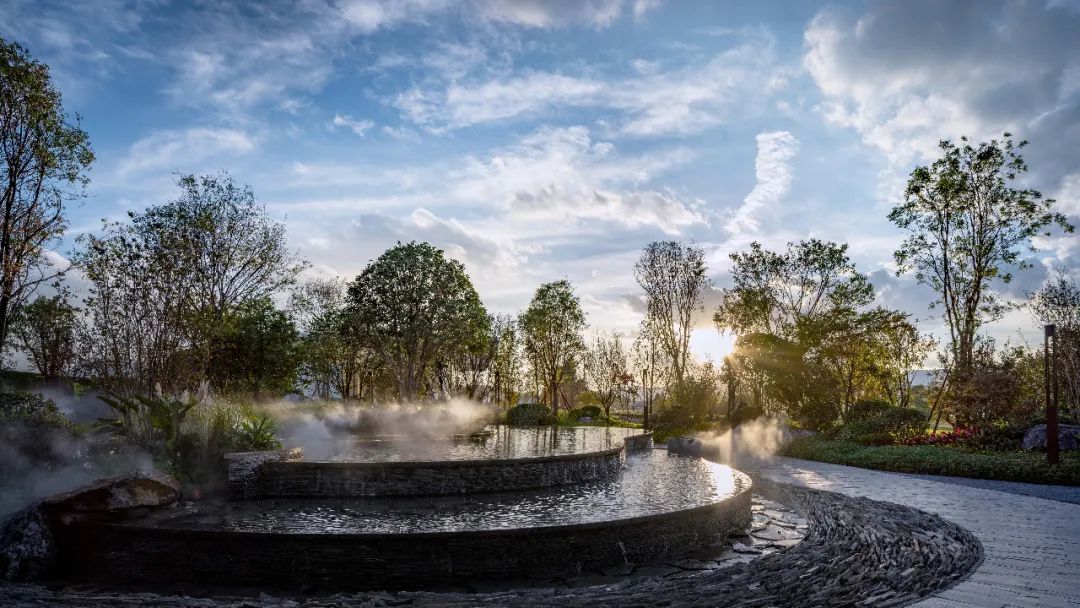
穿过镜影云天,视线豁然开朗,仿佛漂浮于花海之上,往若置身风景之中。建筑通往草海的区域,成为景观后场,道路隐于花海之间,蜿蜒曲折,向湿地方向延伸,花海曲路采用胶粘石结合成品旧枕木技术,富于自然趣味。
The sight becomes clear after passing the clouds and mists. You feel like floating above the flower sea and staying in the scenery. The region of buildings leading to the grass sea becomes the back field of the landscape. Paths are hidden among flower sea, stretching in the winding way towards the wet regions. The winding paths in the flower sea adopt the glued stones and sleeper technology that carry rich fun of nature.
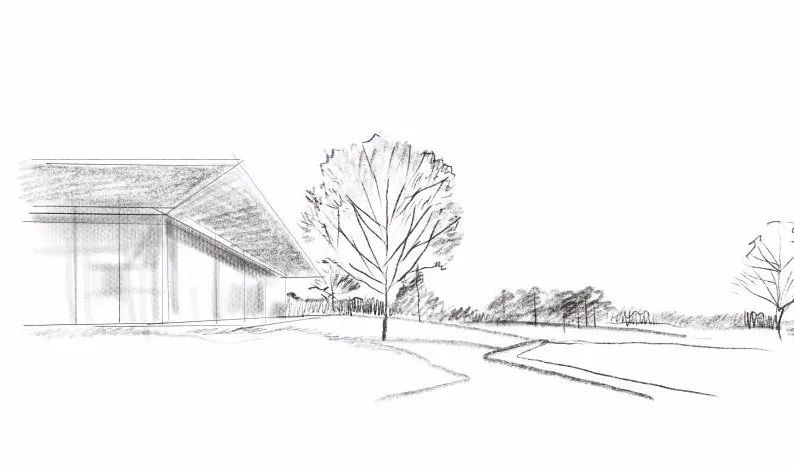
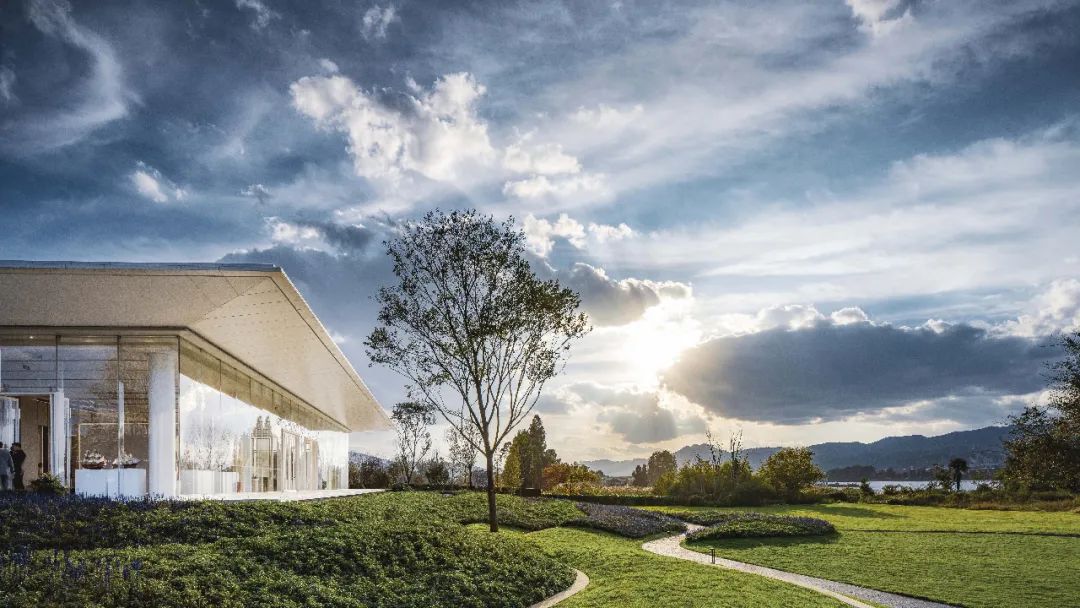
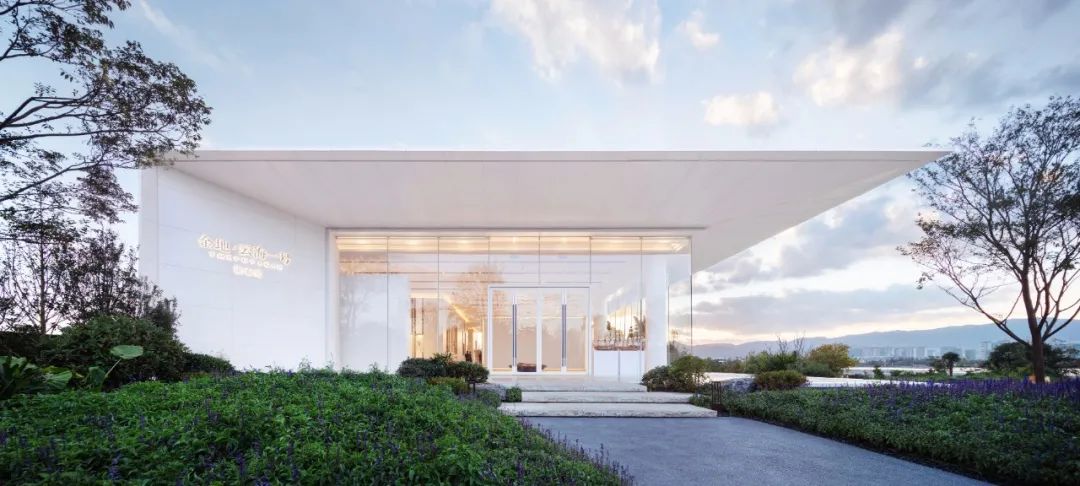
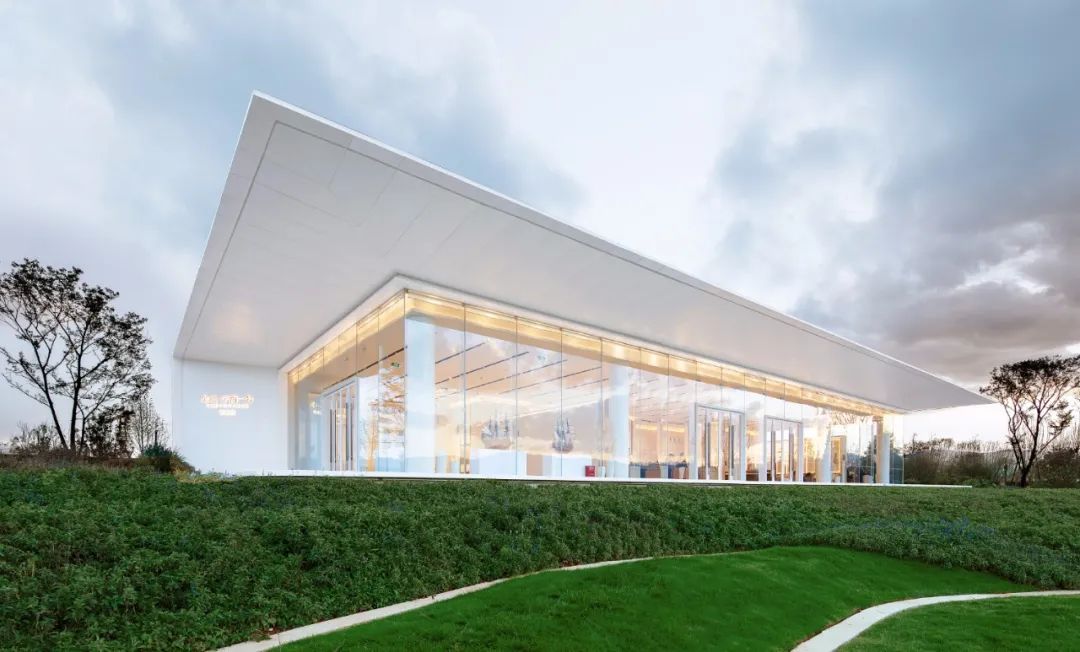
道路隐于花海之间,蜿蜒曲折,向湿地方向延伸。
The roads are hidden in the flower sea, stretching in the winding way into the wetlands.
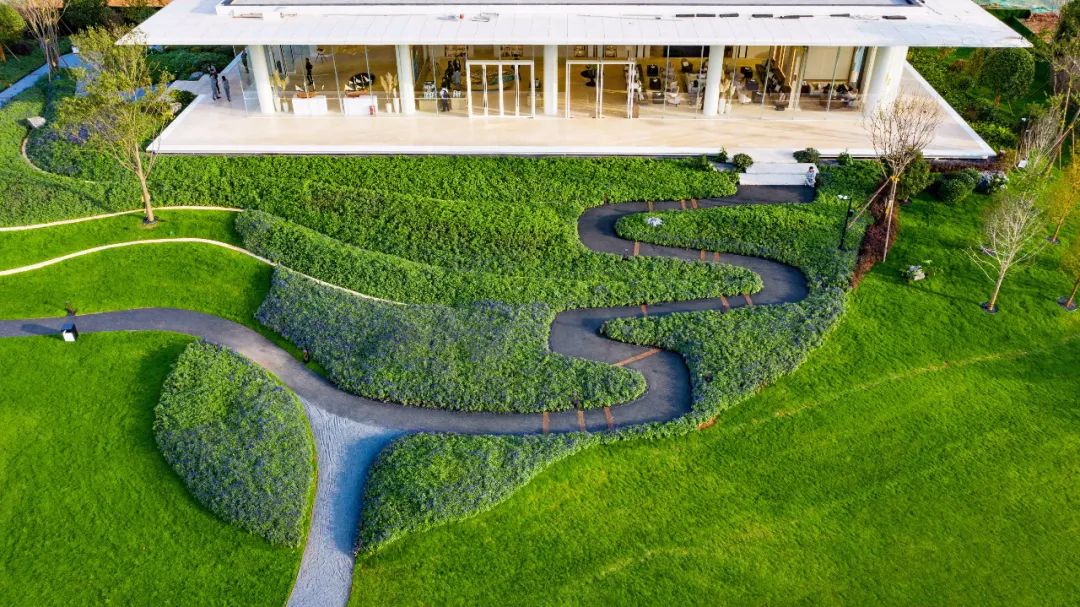
站在展示中心眺望草海,仿佛漂浮于花海之上,往若置身风景之中。
Standing in the Display Center and looking at the Caohai in the distance, you seem to be floating on the flower sea and standing in the scenery.
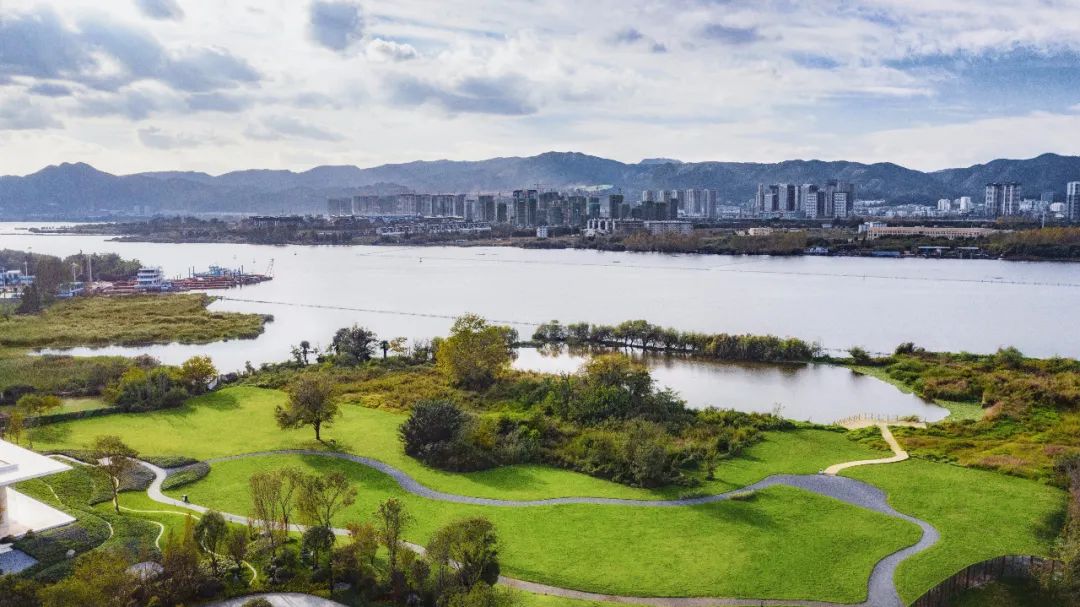

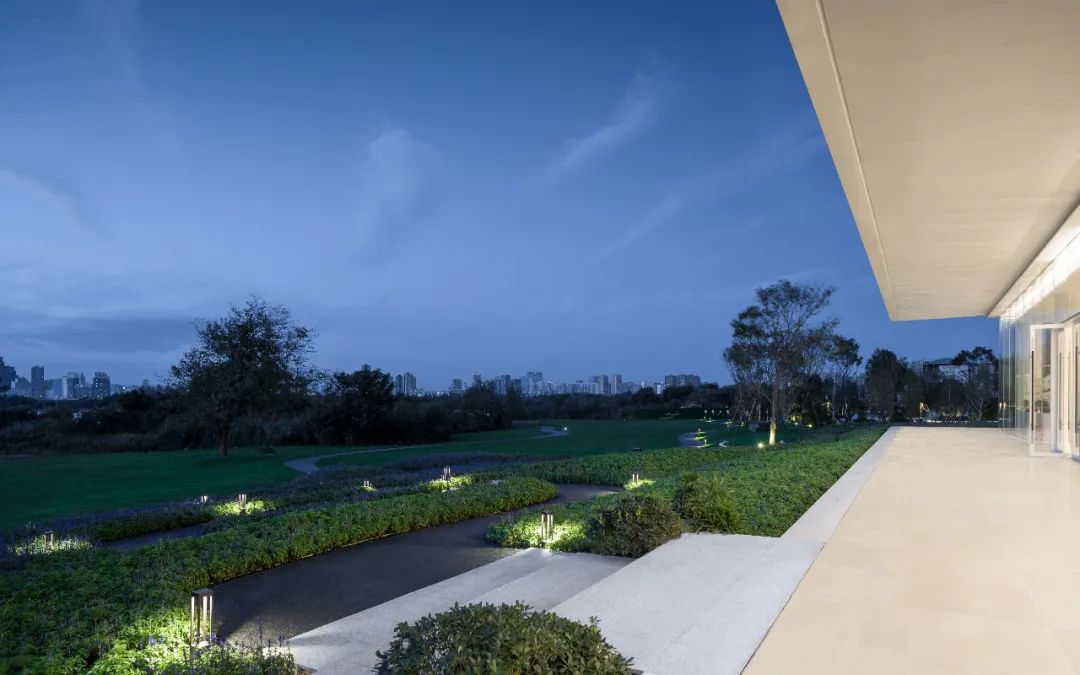
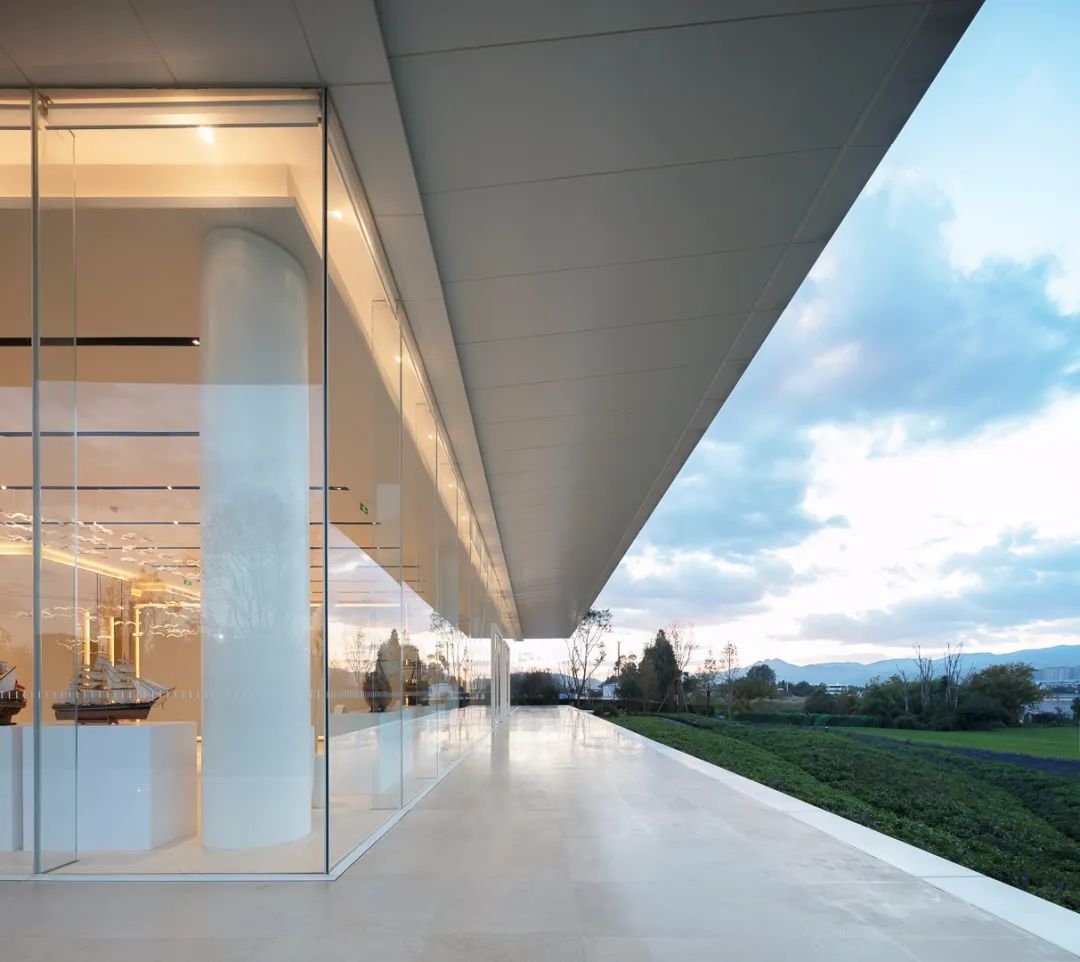
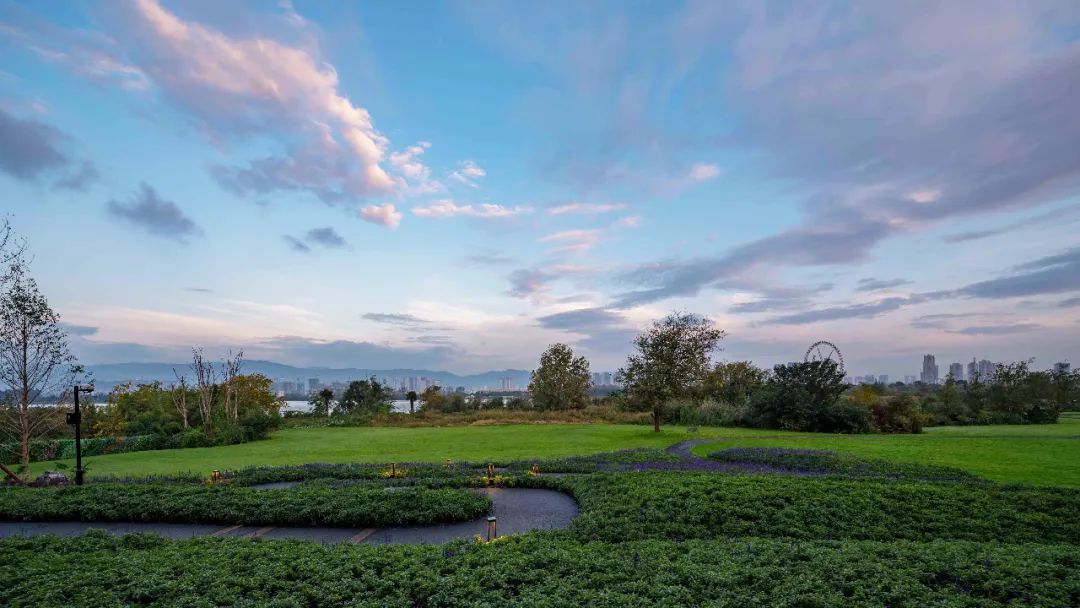
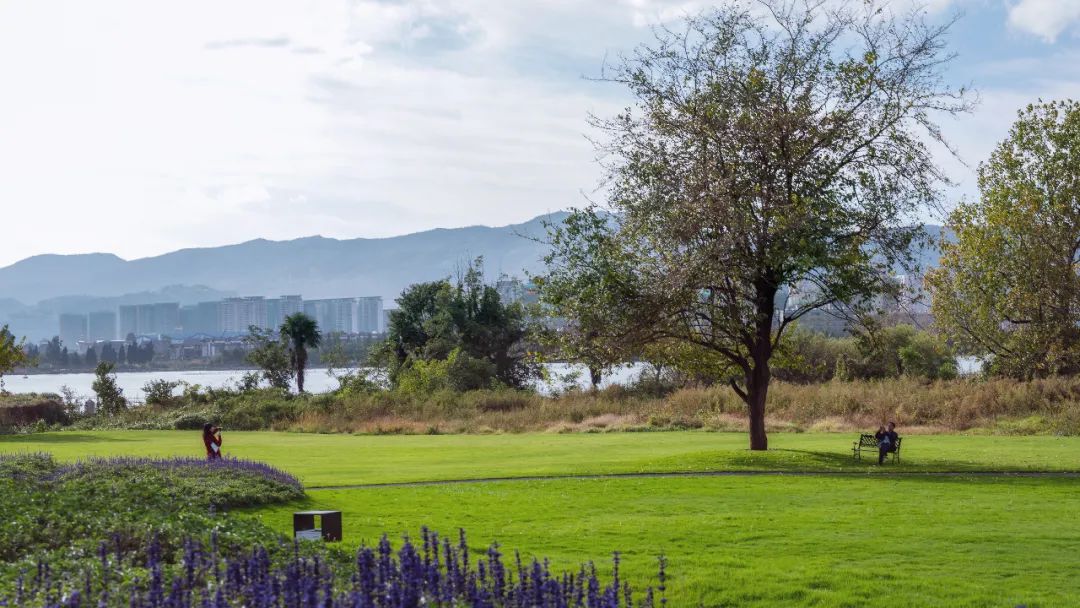
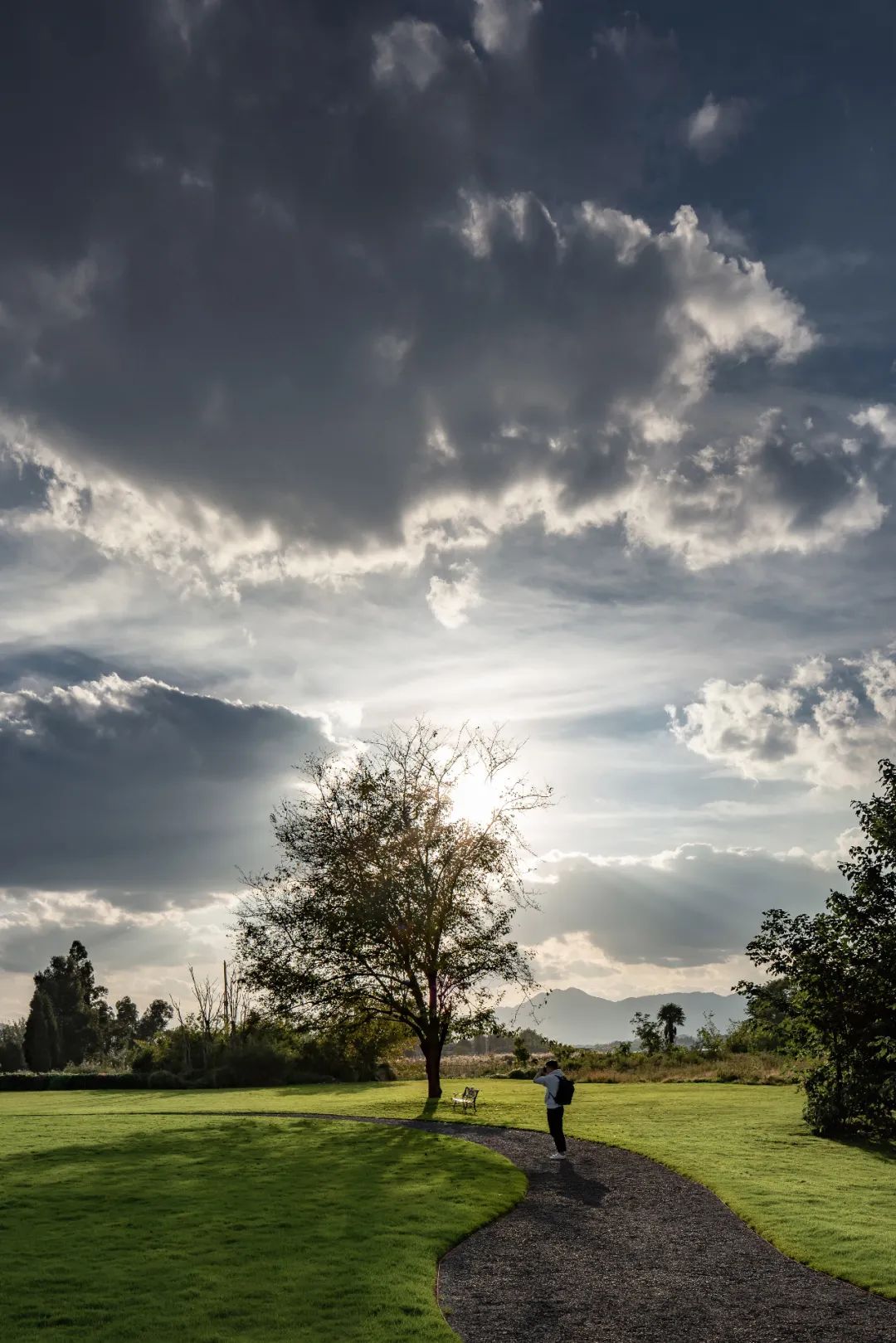
站在草海之中回望展示中心。
Standing in the Wetland lawn and looking at the Display Center.
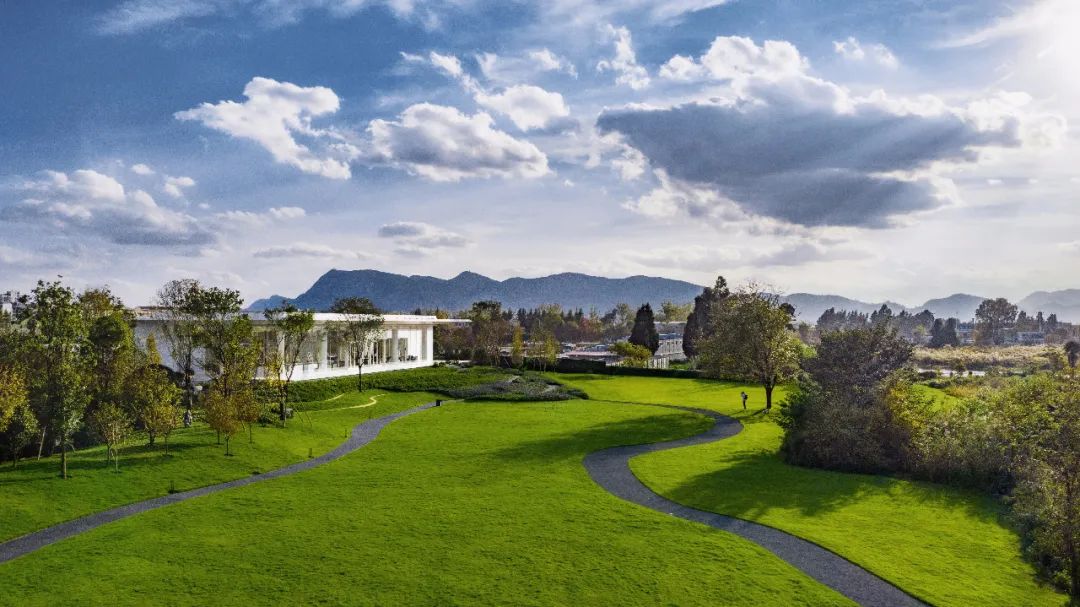

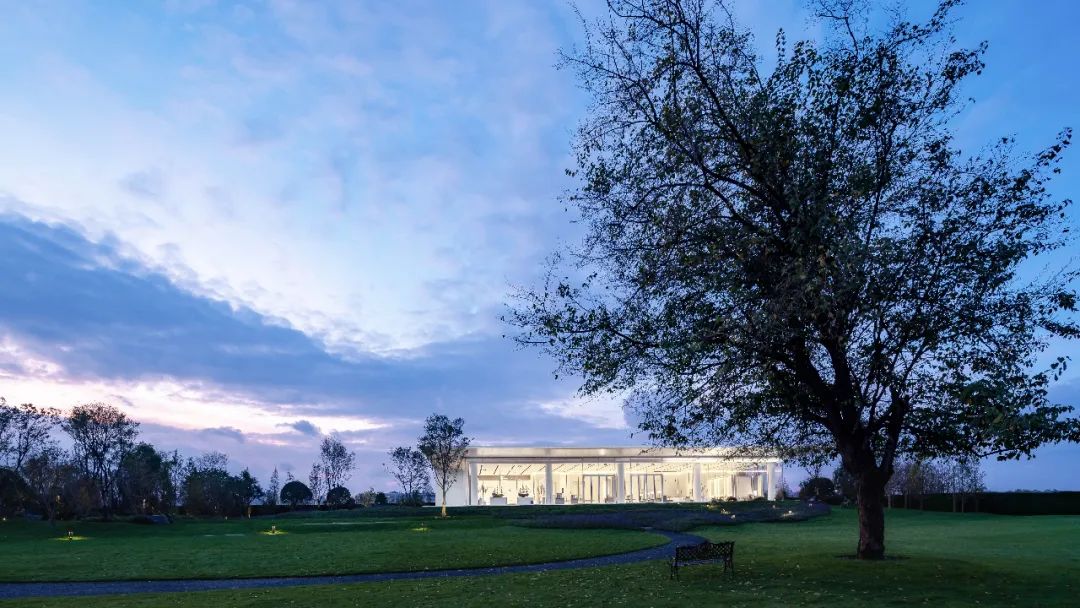
挑 战|Challenges
a. 用地属性为城市公共绿地和少部分湿地。总共占地面积25000㎡,场地内有旧工厂的原址,残留大量混凝土基础及建筑垃圾。
a.The properties of site are urban public green space and a small amount of wetland.The area is about 25,000㎡,in the region, there is the original site of the old factory, and a large amount of concrete foundation and construction wastes.
b. 垃圾的清理和种植土的回填,同时对现有植物及湿地现状的保护是项目建设的最大的挑战。按照城市管理要求,所有的水域与周边的原生植被都予以严格保留,在景观设计中,只做梳理和纯化,使之能达到城市景观的品相和功能要求。
b. The other challenge for the project is to clean up the garbage and backfill the planting soil, and to protect the existing plants and wetland status.As required by the urban management administration, all waters and surrounding native vegetation are strictly retained and only landscape development and purification are allowed to meets the requirements for the quality and function of urban landscapes.
c. 驳岸改造,建立生态的水陆过渡区。恢复植被、恢复动植物栖息的场所,增强生物多样性生态修复、水质净化、景观打造。以生态修复为主,因地制宜的最大化进行水质净化,结合生态治理打造滨湖景观。
c. The third challenge is how to rebuilding the bank and establishing an ecological land-water transition zone. Because of the ecological restoration, the design need maximize water purification and create lakeside landscapes in combination with ecological governance.

根据亲水带﹑湿地带﹑陆生过渡带三带的不同特点,结合动植物的生活习性,合理调配植栽比例,将湿地生态效益最大化。
based on different features of waterfront belt, wetlands belt and terrestrial transition belt and considering the living habits of animals and plants, the project rationally allocates proportion of plants to maximize the ecological benefits of the wetlands.
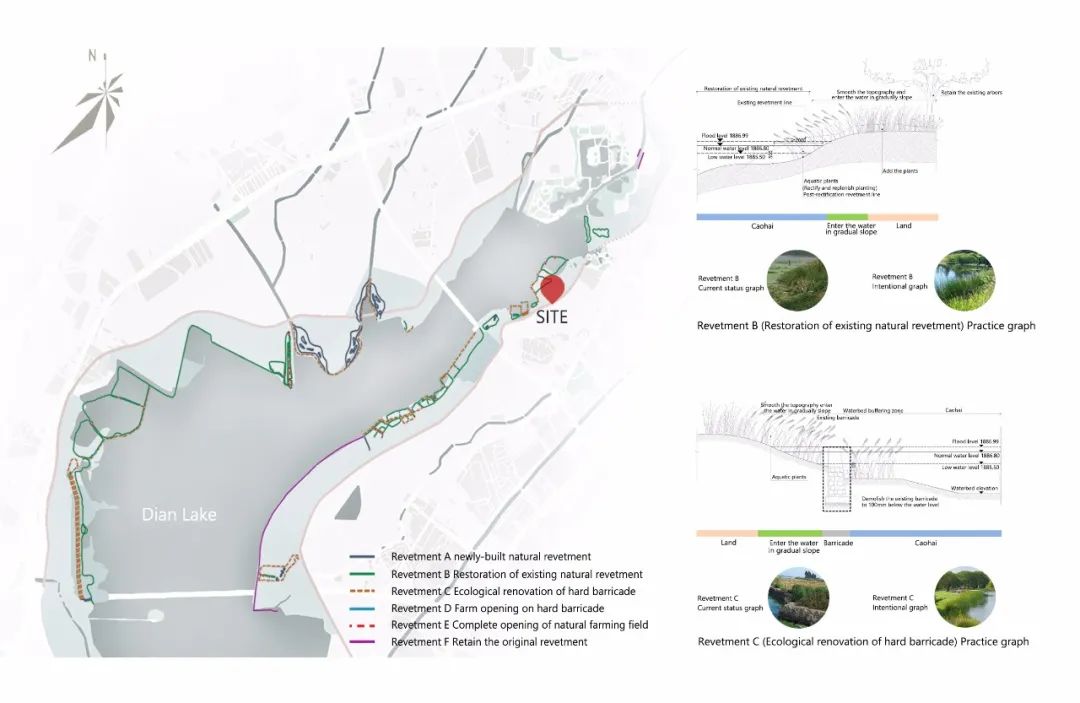
现状大部分驳岸为自然驳岸,设计中以生态修复为主,建立生态的水陆过渡区
At present, most of the revetments are natural ones. The design focuses on ecological restoration to build the ecological transition zone from water to land.
设计策略|Design Strategy
设计通过拆除硬质废旧建筑遗留基地,并结合湿地保护及海绵城市的基本要求,通过恢复绿地、保持湿地原有植被、做下沉绿地及透水透气铺装等手段,打造自然生态的绿地景观。项目基地内,有大量旧建筑残留得建筑基础及大量的建筑垃圾,为保证绿地内土壤质量及植物的良好生长,在建设初期将场内建筑垃圾清除,并回填种植土,平均深度有1.5m。现场清理过程中,对现状植物及湿地的保护,做了较大的努力工作。通过小型机械,逐步清理,最大程度保护现状土壤及植被。并且根据城市绿地管理条例及海绵城市的相关要求,建立3000㎡的下沉绿地。根据湿地保护条例要求,基地内的所有的水域与周边的原生植被都必须被严格保留。
Considering the basic requirements for wetlands preservation and sponge cities, the remain abandoned buildings are dismantled and the sunken green space and water-permeable breathable pavement are installed in order to create a natural and ecological green space.In the site, there are a large number of old building residues and a large amount of construction waste. In order to ensure the soil quality in the green space and the growth of plants, the construction waste will be removed from the site in initial construction stage, and the soil will be backfilled with an average depth of 1.5m. In the process of site cleaning, arduous efforts were made to protect the existing plants and wetlands. Small machinery were used to gradually clean and protect the existing soil and vegetation to the largest extent. As required by urban green space regulations and those for sponge cities, 3,000 square meters of sunken green space has been built andall waters in the base and the surrounding native vegetation must be strictly preserved.
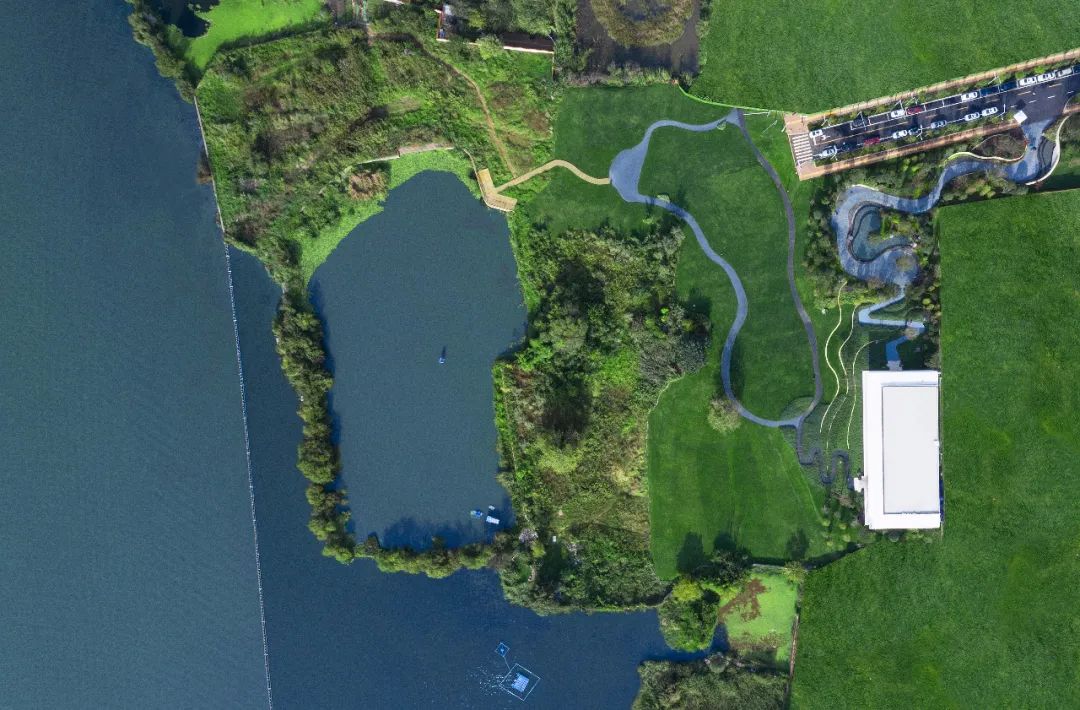
在材料选择上,采用大量的砾石透水铺装以及本地产的石板,保证材料生态环保,与自然环境相融合。湿地部分路面采用大量粒径6-8砾石散铺地面,基础为级配砂石,路两侧设置300x100的素土夯实地表排水沟,保证透水透气。公共绿地部分的道路采用云南本地所产黑石板,质感粗犷、肌理清晰,与自然环境很好的相融合。
In terms of material selection, a large number of local slates are used to ensure these materials are ecology and environment-friendly and are integrated with the natural environment. Some pavementsin the wetland are paved with a large number of 6-8 gravels. The foundation is graded gravel and 300x100 plain soil on both sides of the road, which are used to compact the surface drainage ditch to ensure water permeability. The roads in the public green space use black slabs produced locally in Yunnan, with rough texture and clear texture, which blend perfectly with the natural environment.
在植物选择上,在原有湿地植物基础上进行保护性修整,种植部分的苗木品种及苗木产地,均为当地本土植物,保证植物生态的稳定。在重要节点处,增加点景树,冬樱花、朴树等乡土树种。
Regarding plant use, protective trimming is made on the basis of the original wetland plants. The seedlingspecies and the origin of the seedlings are all local native plants to ensure stable plant ecology. Point trees, winter cherry trees, and hackberry trees, etc. are planted in some important places.
意 义|Significance
生态效益:为草海湿地公园做出一份贡献,形成环草海一级保护湿地。对气候调节、降解污染、保护物种多样性等方面起到积极的作用。
Ecological benefits: It makes a contribution to Caohai Wetland Park and form a first-class protected wetland around Caohai. It plays an active role in climate regulation, degradation of pollution, and protection of species diversity.
社会效益:改善城市环境和美化城市景观,城市湿地公园是城市周边最具美学的自然版块,是城市发展的重要组成部分。现代化和人工化的城市景观与湿地公园共同构成和谐丰富的人居环境。
Social benefits: The project improves the urban environment and beautifies the urban landscape.The Urban WetlandsPark is the natural section with greatest aesthetic beauty in the periphery of the city. As an important part of urban development, the modern and artificial urban landscapes and wetland park constitute rich living environment with harmony.
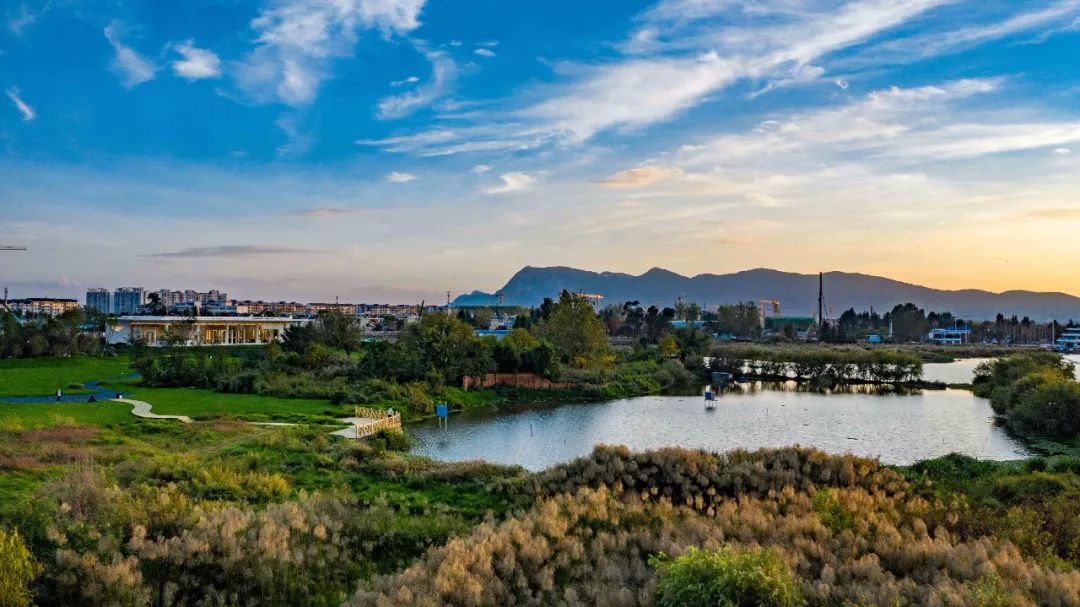
通过独特的设计理念和符合场地特选的工艺工法,最终落地呈现出来的是融合了生态保护、游览休憩、创意展示、文化展示等多方面于一体的生态展示公园。
Through the unique design concept and the craftsmanship method in accordance with the site selection, the final presentation is an ecological exhibition park that combines ecological protection, tourism and recreation, creative display, cultural display and other aspects.
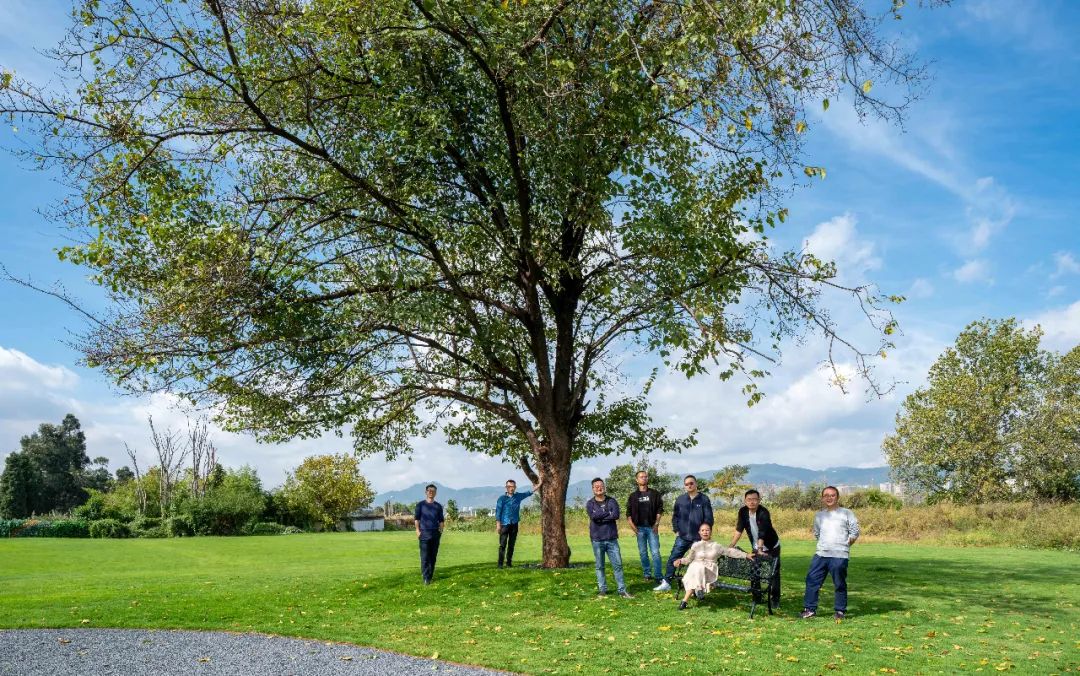
项目信息
项目名称:云海一号湿地展示公园
委托方:昆明金玺房地产开发有限公司
项目地点:云南省昆明市西山区西福路
占地面积:25000㎡
设计时间:2019.01-2019.06
建成时间:2019.09
项目设计团队:
首席设计师:李健宏
设计团队:张文强、李华雯、周子钰、王开源、巨紫微
景观设计:北京园点景观设计有限公司
景观施工:深圳市展宏图建设工程有限公司
景观摄影:雪尔空间摄影、山兮建筑空间摄影

